How to Check if a Kitchen Extractor Fan Is Working
A kitchen extractor fan plays a pivotal role in ensuring your kitchen is free from the scourge of humidity, condensation, and mould. Ensuring it is working at all times is essential, so is there an established method to check the status of an extractor fan? Or are there obvious signs?
With that in mind, In this blog, we will show you how to check if a kitchen extractor fan is working.
With new buildings being made to be as energy efficient as possible, and the UK aiming for 95% of its electricity usage to be low carbon by 2030, it is imperative to understand how we can make the most of our ventilation. This is where applications such as extractor fans and heat recovery ventilation units come in.
To prevent mould, fresh air should constantly be introduced into your dwelling daily, as it helps to regulate temperature and reduce condensation. Introducing fresh air can be as simple as having a ventilation routine, or installing extractors or MVHR units. Almost all of this is facilitated by ducting.
Do all kitchens need ventilation?
Absolutely. A kitchen is a room in a home or building that sees regular usage, as a result, there will generally be activities that generate humidity, or steam. This includes cooking, cleaning with hot water, and even using the kettle and toaster!
Of course, the size, and level of ventilation in the kitchen will determine if any condensation ends up settling on a surface.
A kitchen should always have an adequate level of ventilation that can remove humidity effectively relative to its size. For the best results, using your cooker hood when cooking, in addition to your extractor fan and opening the kitchen windows is the most effective method.
Is mould only made from bad ventilation?
No. Mould can also form as a result of wet surfaces that can occur as a result of leaking pipes. This can be particularly dangerous as mould’s ability to spread depends directly on how quickly the leak is addressed, if left too long, it can spread to other areas of the kitchen and house.
Is mould dangerous?
Yes. Mould is dangerous as it can affect your health severely, this is especially true for those with existing health conditions. Aside from health complications, mould can be a sign of structural issues in the building.
Sometimes, mould develops as a result of leaks in a building, whether this be from damaged piping seeping into its surroundings, or structural issues that allow rainwater to seep through the building. If this is left unaddressed, mould will certainly develop.
That being said, if the mould you experience is a result of poor ventilation management, there is good news. You can address the mould through the following methods.
- Use a mould surface cleaner, or other mould treatment products if the mould returns after using this, there may be a leak in the area or inadequate insulation.
- Contact local mould removers, they will not only assess the cause but treat it too, however, this may cost more.
- Contact your landlord. If the landlord has highlighted issues like these as their responsibility in your tenancy agreement, then you can legally ask them to take care of it.
- Enquire about the ventilation, how old is it? Is it working efficiently?
How to check if a kitchen extractor fan is working
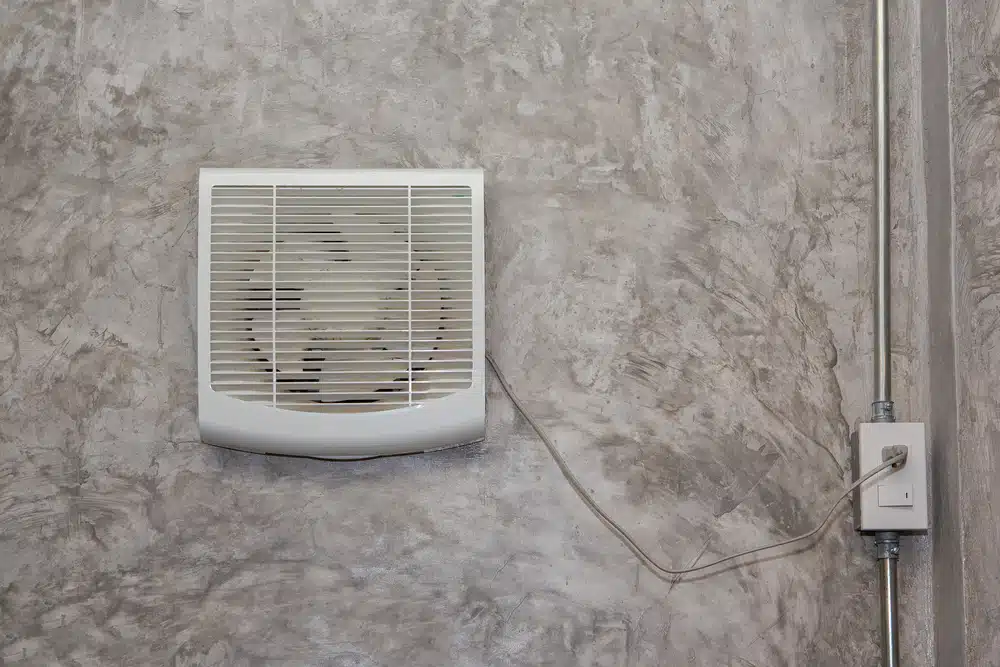
Sometimes it can be quite obvious when a kitchen extractor fan is not working, quick visual and audio tests can indicate an extractor that is not working, or is not working as well as it should.
In terms of visual tests, they are simple as…
- Turn the extractor fan on, can you see the fan move? Is there a light that indicates it is on? (Some models do not have this).
- If you can see the fan itself, is there blockage? Some blockages are not as obvious as you may think, some blockages can occur as a result of dust residue accumulating over a period of years, causing blockages.
Another indication that a kitchen extractor fan is not working is its sound. If the kitchen extractor fan does not make its usual humming sound, if it is entirely silent, or extremely loud, then the extractor fan is not working properly.
If none of these steps give you any concrete answers, you can try the following test.
Kitchen fan diagnostic test
A simple method for ascertaining if your kitchen extractor fan is working or not is by something we call the powder test. This is a simple method to try, especially if you don’t have access to any HVAC experts at that moment.
All you need is a container of talcum powder, or other powdery substance. Simply make sure the extractor fan is running, and lightly but quickly squeeze the bottle whilst holding it next to the extractor fan.
If done correctly, you will see some powder escape from the bottle and float. If your extractor fan is working, you will see the powder follow the air vacuum into the extractor, if not, it will float and eventually settle on a surface.
How do I fix a kitchen extractor fan?
If your kitchen extractor fan is physically broken, or not operating at all, or properly, the best course of action is to call the manufacturer in order to arrange a professional repair or replacement.
It is not advised for you to repair a kitchen extractor fan yourself, this is due to the hazard of electrical wiring hurting you or causing serious injury. Unless you are a qualified electrician, and have experience in installing/removing extractor fans, then we would not recommend repairing an extractor fan yourself.
In some cases, simple maintenance can ensure that your kitchen extractor fan will work once again. Maintenance can include cleaning the extractor fan internally, this would involve lightly vacuuming or wiping the fan to remove grease/dust.
How to make a kitchen extractor fan work more effectively
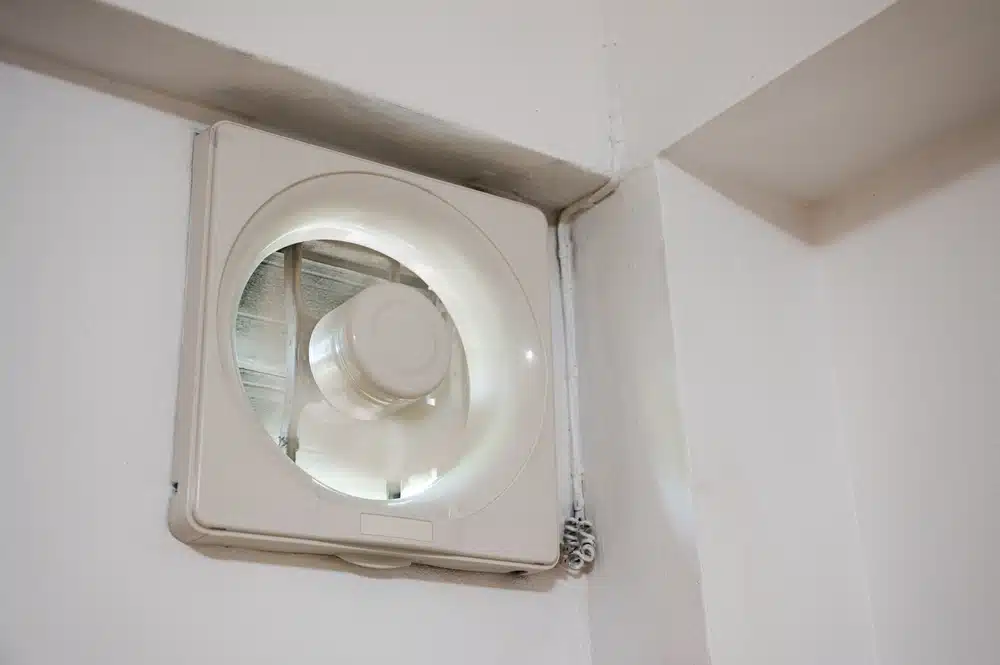
Kitchen extractor fans can remove humidity over time, but there are ways to speed this process up, which can save you time and money. The method is as simple as increasing the level of ventilation in the kitchen.
Increasing the ventilation in the kitchen is as simple as…
- Using a cooker hood in conjunction with the kitchen extractor fan. However, this method is more effective if you are actually using the cooker.
- Opening windows whilst cooking, this increases the natural level of ventilation in the room. This can be further enhanced by opening a backdoor if it is in the kitchen.
- Use the aforementioned methods before and during cooking, this establishes an airflow in advance, rather than waiting for the humidity to build up.
In order to mitigate smells that can occur from cooking, it is best to keep your kitchen door closed whilst ventilating. You can keep your kitchen door open if you choose, but this will result in any smells travelling around the home and settling on furniture.
Purchase a kitchen fan today
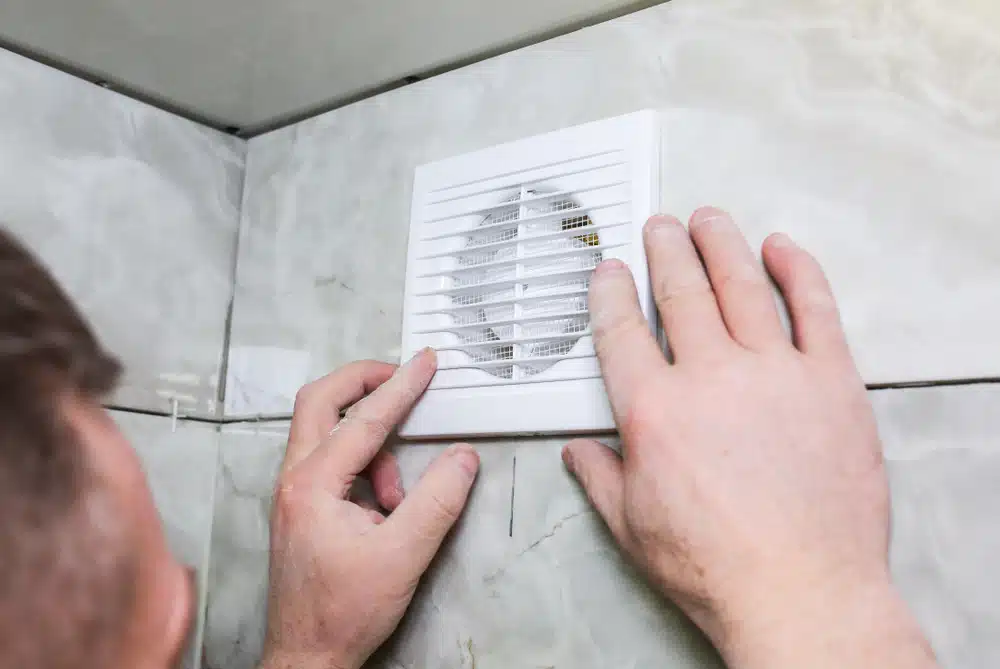
At I-Sells, all things ventilation and ducting related is our speciality, we are here to answer the questions we know are common for those new to HVAC and what it encompasses.
We at I-Sells endeavour to ensure our customers have all the information they require before investing in our mould solutions. Be sure to visit our blog page to learn about the vast array of factors and issues surrounding ventilation, mould, condensation, and much more.
Within this blog, we hope to have shown you how to check if a kitchen extractor fan is working.
We understand you may have more questions, do not hesitate to contact us for more information about whatever you need our help with. If you’d like to email us, click here. For other contact options, see below:

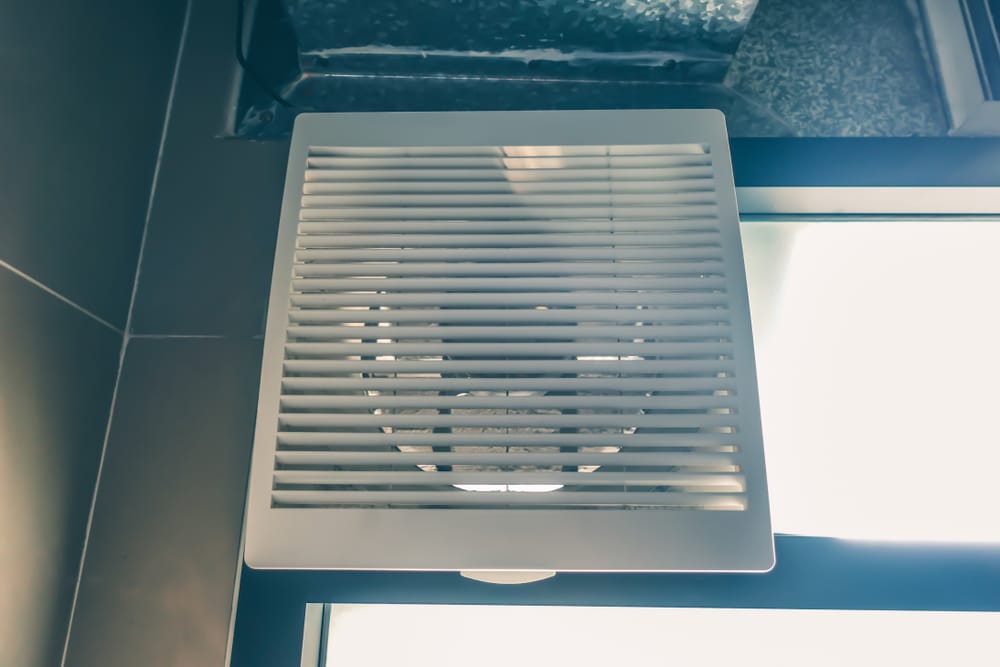
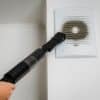

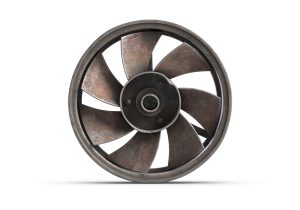

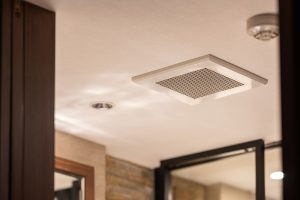


















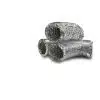

Add comment
You must be logged in to post a comment.